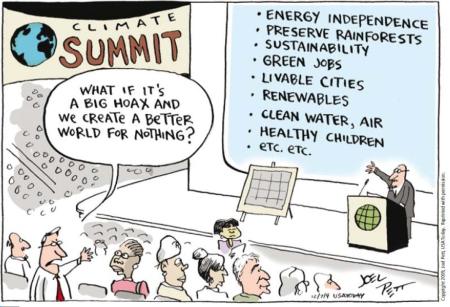The 2014 harvest is over and it’s about time for winemakers everywhere to finally sit back, pop open a bottle of wine, relax and of course give their thoughts on the vintage. 2014, like 2013 and 2012, was an excellent year. Harvest started and ended early, crop yields were high and the weather cooperated in most places. Things are looking good for California winemakers and consumers can look forward to a wide variety of high quality wines to choose from on shelves for the third vintage in a row. We are very excited by our 2014’s, especially our first ever dry rosé!
But what do we owe these exceptional vintages to? I don’t mean in a fatalistic sense, though grape growers are prone to praying and maybe there’s something to that, but something much more concrete: the drought. Increased sunlight hours and dry growing conditions characteristic of droughts make for excellent vintages especially in coastal regions. In 2012 I was amazed at our luck to have such a banner year. In 2013 I was floored that we could repeat that success and in some cases even beat it. Now, in 2014, I’m beginning to worry. The wines are going to be fantastic but before we start celebrating we should examine why.
Droughts often have a beneficial effect on grapevines, especially with coastal vineyards like ours. In a normal year, coastal vineyards can see as much fog as they do sunlight. In drought years that fog burns away and the increase in sunlight hours means better ripening. The extra sunlight also causes the primordial buds (the buds that develop during the growing season for the next year) to develop more fruitful clusters, increasing the yield of the vines. The increased yield can then be ripened the next year if the drought continues as the growing season starts earlier and lengthens as the rainy season shortens, allowing longer hang-time to ripen more fruit. This all sounds like great news except for one thing: water. With an increase in crop-load comes an increased demand for water. Grapes are thirsty and the vine needs adequate water to sustain a canopy to keep the sugar levels rising and ripening from stalling out. In consecutive drought years a downward spiral can occur where the vines continue to put out heavy loads of fruit that demand more water to ripen while available water diminishes.
The lack of readily available groundwater in a vineyard can be made up for with irrigation, but only for so long before we overtax our limited resources. Already, climatologists are warning that the chance of California experiencing a 30 year mega-drought has now reached 50%; others point out that California has experienced 200-year droughts before and there’s no reason why it can’t again. Since the drought began farmers have been racing to pump groundwater from aquifers to make up the deficit rainfall, but this is a short-term solution at best as these aquifers can often take hundreds of years to refill. And if conservation isn’t reason enough, California has finally updated its gold-rush era water management laws to regulate the amount of water that property owners can pump from the ground. This irresponsible pumping is now bad business on top of being environmentally unsound.
Yes, the 2014 vintage is going to be one of the greats. But we can only stand so many of these great years in a row before permanent damage will be done to the environment and to the wine industry unless we adapt and change. California’s new water management laws won’t take effect for years to come, but at Senses we want to be a leader in businesses conforming to and even exceeding the conservation requirements in California to help us all adapt to a new, drier future. With any luck the drought will break and extreme measures won’t be required, but let’s not count on it. Besides, drought or no, let’s not be that guy:



